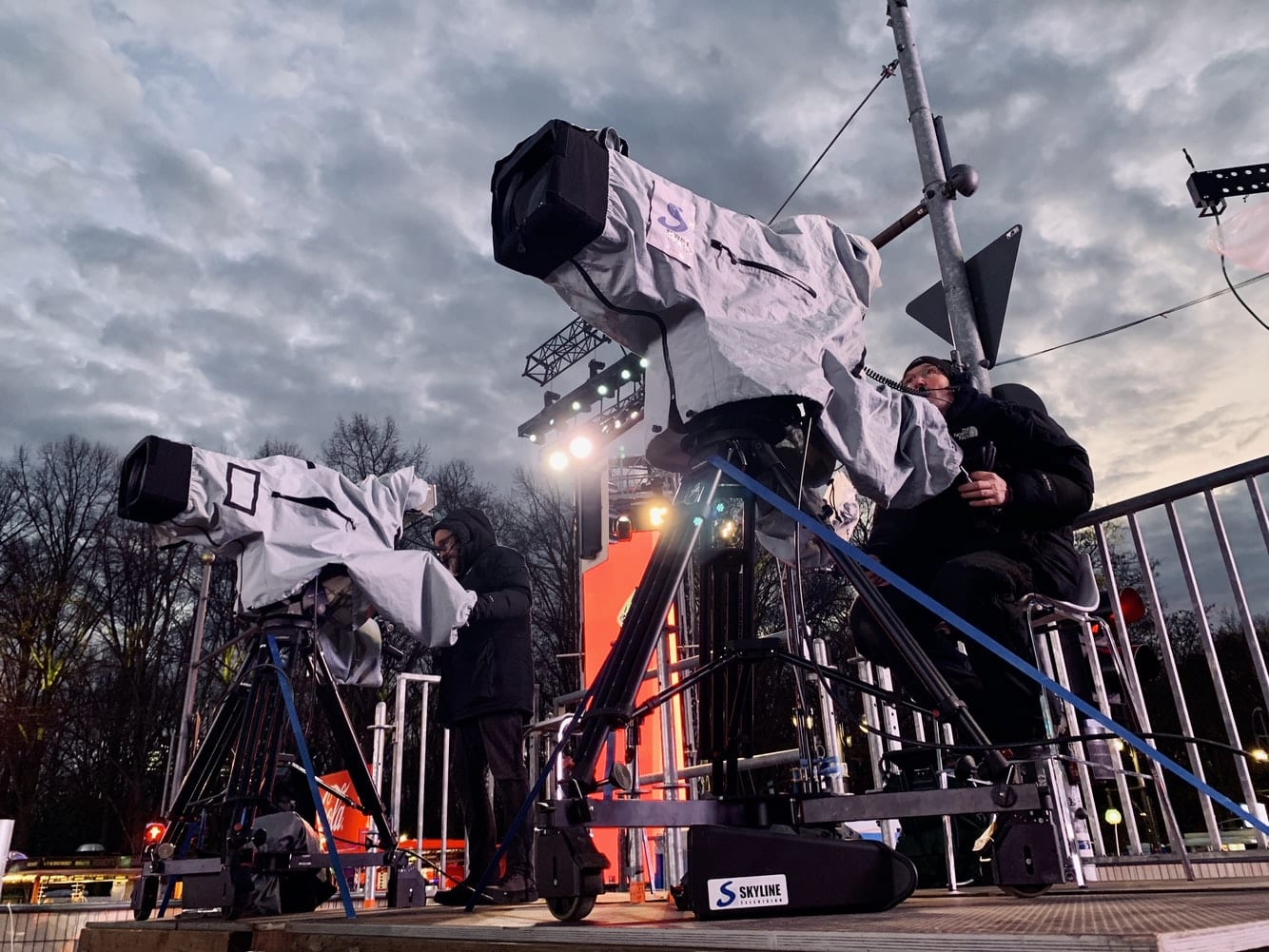Choosing the Ideal Dot Pitch for Maximum Light Emitting Diode Wall Efficiency
Choosing the Ideal Dot Pitch for Maximum Light Emitting Diode Wall Efficiency
Blog Article

When it pertains to LED walls, a key most factors to consider is pixel pitch. Dot pitch is defined as the distance between the cores of two adjacent pixels on an LED display. This metric is commonly expressed in millimeters. Understanding pixel pitch is crucial because it explicitly affects the clarity and sharpness of the visuals displayed. A reduced pixel pitch indicates that the pixels are closer together, leading to a greater resolution, while a bigger pixel pitch yields in a lower resolution. Therefore, selecting the right pixel pitch is vital for obtaining peak LED wall functionality.
The choice of pixel pitch often depends on the sight distance. For instance, if the LED wall is intended to be seen from a distance, a bigger pixel pitch may be appropriate. This is because the human eye cannot readily distinguish individual pixels when they are farther away. On the other hand, if the wall will be viewed up close, a reduced pixel pitch is needed. In situations such as inside events, where viewers are typically closer to the screen, a reduced pixel pitch will offer a crisper and more distinct image. Hence, understanding how sight distance impacts pixel pitch is key to making an informed choice.
Another important consideration is the planned use of the light-emitting diode wall. Various applications, such as advertising, concerts, or conference presentations, may require varied pixel pitches. For example, an light-emitting diode wall used for advertising in a shopping center may gain from a pixel pitch that facilitates vibrant colors and elevated detail so that it captures the attention of bystander shoppers. Conversely, an external LED wall used at a concert may prioritize brightness and visibility over resolution, permitting for a bigger pixel pitch. Thus, the specific context in which an LED wall will be utilized is crucial for determining the appropriate pixel pitch.
Cost is also a major consideration when selecting pixel pitch. Generally, LED displays with reduced pixel pitches often to be more expensive due to the higher density of pixels and the sophisticated technology needed for manufacturing. Although it may be enticing to opt for a high-resolution display with a small pixel pitch, financial constraints frequently necessitate a balance between quality and price. Businesses should evaluate their needs and determine how much they are willing to spend in an LED wall, ensuring led wall control systems customization that the pixel pitch aligns with their budgetary capabilities while still satisfying performance expectations.
Ultimately, it is crucial to consider the maintenance and longevity of the light-emitting diode wall when selecting pixel pitch. Displays with smaller pixel pitches can sometimes be more delicate and may need more careful handling and maintenance. Regular maintenance is required to ensure that the display functions effectively over time. Understanding the maintenance requirements and potential issues associated with different pixel pitches can assist organizations make a more informed decision. By taking into account all these elements, including viewing distance, planned use, cost, and maintenance, one can choose the ideal pixel pitch for optimal LED wall functionality.